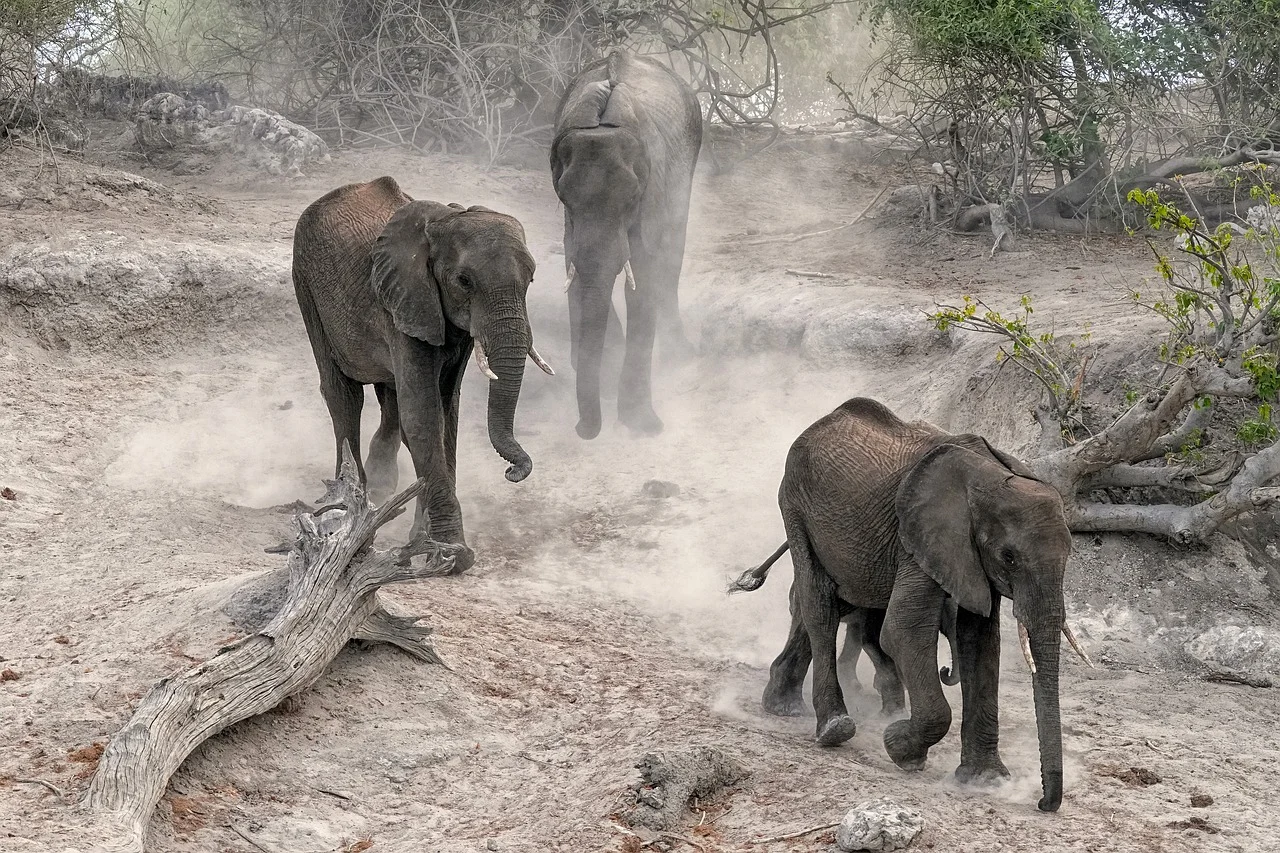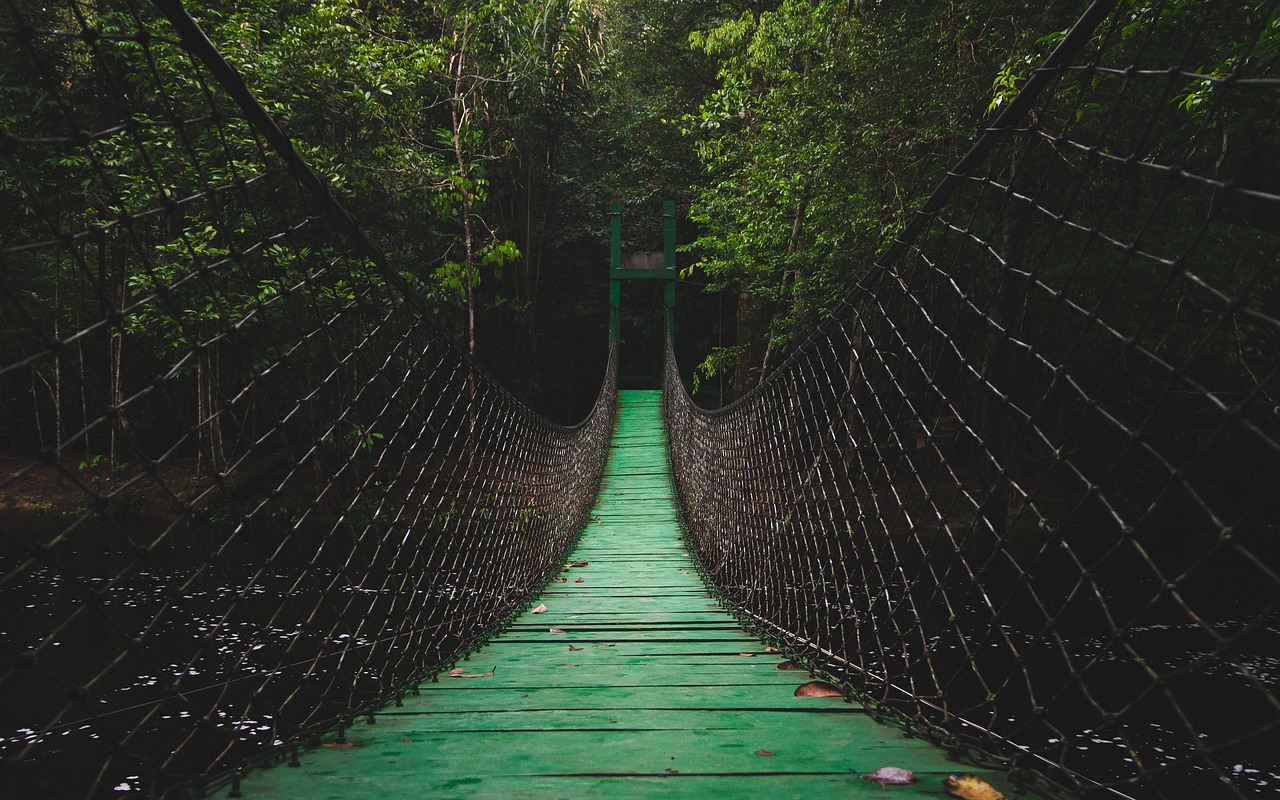Eco-Friendly Travel Photography: Capturing Memories Sustainably
Sustainable travel insights and guidance
Photography is an essential part of travel, but it can also have significant environmental and cultural impacts. From equipment choices to shooting practices, every aspect of travel photography can be made more sustainable. Here's how to capture amazing memories while protecting the places and people you photograph.
 Eco Travel
Eco Travel📸 The Impact of Travel Photography
Travel photography can have both positive and negative impacts on destinations. While it can promote conservation and cultural awareness, it can also contribute to overtourism, environmental damage, and cultural exploitation. Sustainable photography practices help maximize the positive impacts while minimizing the negative ones.
🌿 Sustainable Photography Equipment
Choosing eco-friendly photography equipment and accessories helps reduce your environmental impact while traveling.
📷 Cameras and Lenses
- Durable Equipment: Choose high-quality, long-lasting cameras and lenses
- Repair Over Replace: Repair equipment instead of replacing it
- Buy Used: Consider buying used equipment to reduce waste
- Modular Systems: Choose systems that allow for upgrades without complete replacement
🔋 Power and Charging
- Solar Chargers: Use portable solar panels for charging
- Rechargeable Batteries: Use rechargeable batteries instead of disposable ones
- Power Banks: Use portable power banks for extended shooting
- Energy-Efficient Equipment: Choose cameras with good battery life
💾 Storage and Memory
- Cloud Storage: Use cloud storage to reduce physical storage needs
- Reusable Memory Cards: Use high-capacity, reusable memory cards
- Digital Workflow: Minimize printing and physical storage
- Backup Strategies: Use efficient backup methods
🎒 Bags and Accessories
- Durable Bags: Choose high-quality, long-lasting camera bags
- Reusable Accessories: Use reusable lens caps, filters, and covers
- Minimal Packaging: Choose products with minimal packaging
- Repair Services: Use repair services for damaged equipment
🌍 Ethical Wildlife Photography
Wildlife photography can be incredibly rewarding, but it must be practiced ethically to protect animals and their habitats.
👥 Respectful Cultural Photography
Photographing people and cultural events requires sensitivity and respect for local customs and traditions.
 Eco Travel
Eco Travel🌱 Environmental Photography Practices
Minimize your environmental impact while photographing natural landscapes and ecosystems.
📱 Digital Photography and Storage
Digital photography offers opportunities to reduce environmental impact through efficient storage and sharing practices.
🎨 Creative and Sustainable Photography
Explore creative approaches to photography that minimize environmental impact while maximizing artistic expression.
🌍 Sharing and Promoting Sustainable Travel
Use your photography to promote sustainable travel practices and environmental awareness.
🌍 The Future of Sustainable Travel Photography
Eco-friendly travel photography is about more than just taking great photos—it's about using photography as a tool for environmental protection, cultural preservation, and sustainable tourism promotion.
Key Principles:
- Respect: Respect wildlife, cultures, and environments in all your photography
- Minimize Impact: Minimize your environmental impact through equipment choices and practices
- Educate: Use photography to educate others about environmental and cultural issues
- Support: Support local communities and conservation efforts through your photography
- Inspire: Inspire others to travel sustainably and protect the environment
Remember: Every photo you take is an opportunity to promote sustainable travel and environmental protection. Use your photography skills to create positive change and inspire others to travel responsibly.